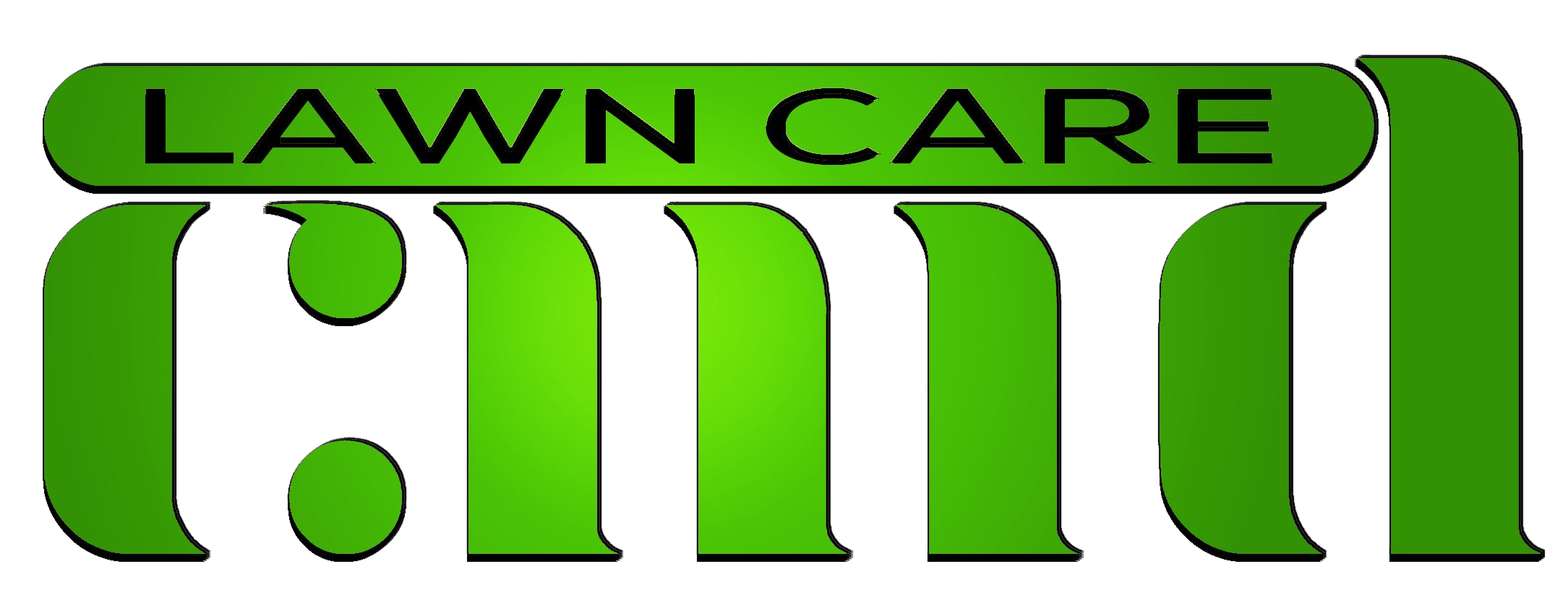Fertilizing Tips
FERTILIZING TIPS THAT LEAD TO FULLER, GREENER LAWNS!
2. If you only feed your lawn once a year, do so in the late fall for maximum benefit.
3. Use a fertilizer that feeds both the soil and the grass.
Additional Fertilizing Tips:
1. Leaving mulched grass clippings on your lawn reduces additional nitrogen needs by as much as 30%.
2. If you have a thatch problem, you’re either fertilizing too much or using the wrong type of fertilizer.
Frequently Asked Fertilizing Questions:
• What type of fertilizer should you use?
• When should you fertilize? How Often?
• Is it possible to fertilize too much?
What type of fertilizer should you use?
Use a fertilizer that feeds the soil as well as the plant. Experts recommend the use of natural fertilizers that contain controlled-release nitrogen and micronutrients that enhance humus development.
When should you fertilize? How Often?
The most important feeding is in late fall, just before the grass goes dormant. Roots are busy processing and storing the materials necessary for their next growth cycle. A spring feeding helps, but is much less effective.
Is it possible to fertilize too much?
Yes. As with water, too much fertilizer is worse than too little. How can you tell? Burn out for one. Yet even a lawn that looks healthy can be ailing. If you’ve over-stimulated growth through too much fertilizer, you may have a thatch problem. Thatch develops when (non-mulched) dead and decaying plant stems, roots and leaves do not have time to decompose fully (relative to new growth taking place). More than a half-inch of thatch can choke off healthy growing plants. If this is the case, reduce the about of fertilizer you’re using.

